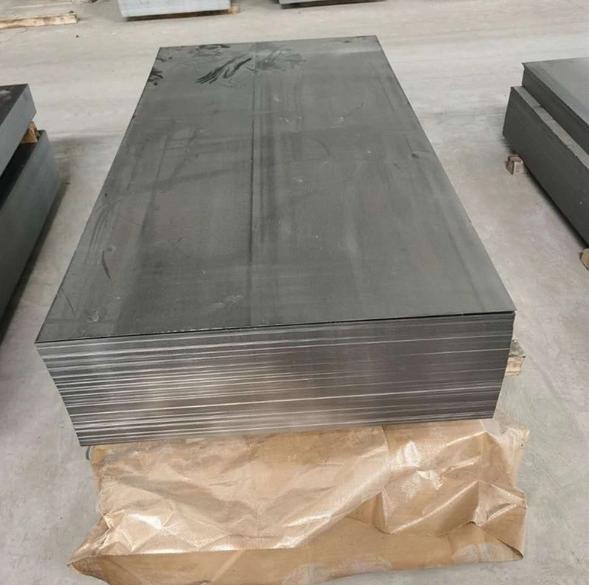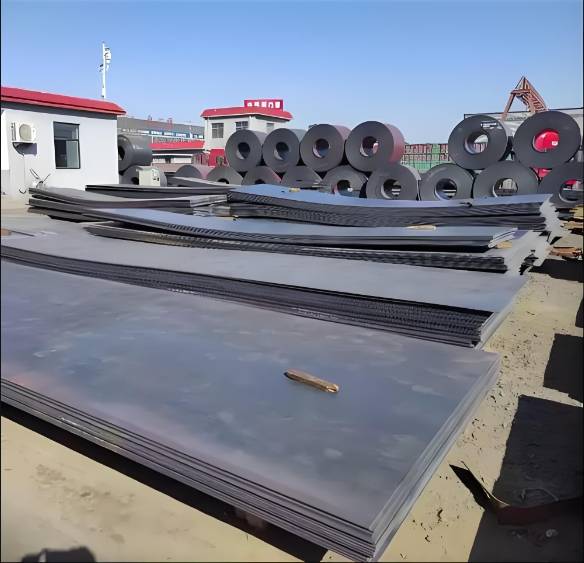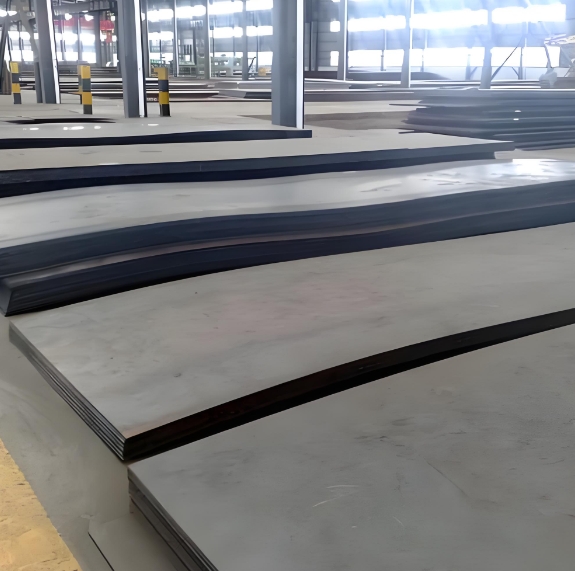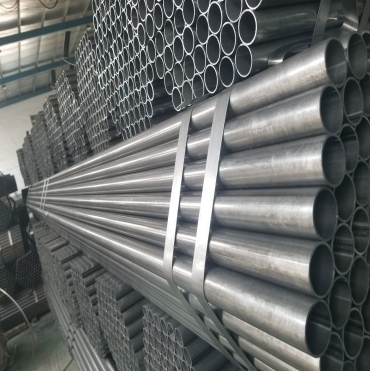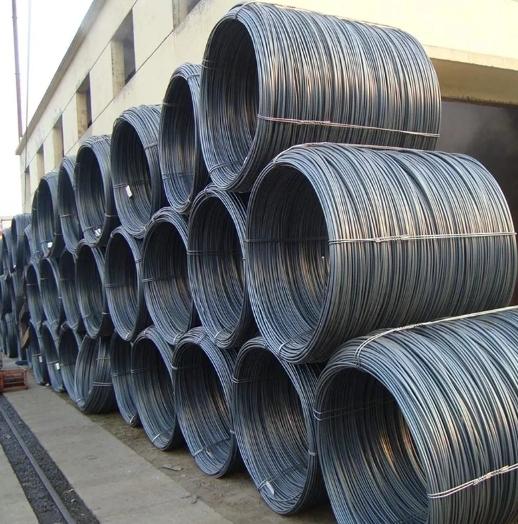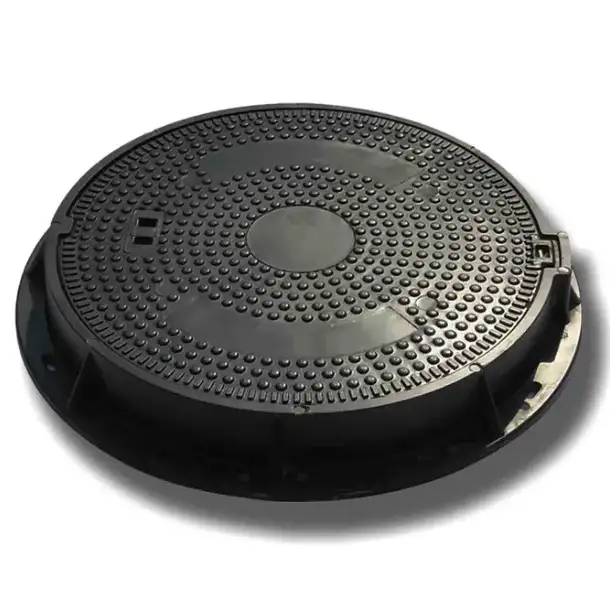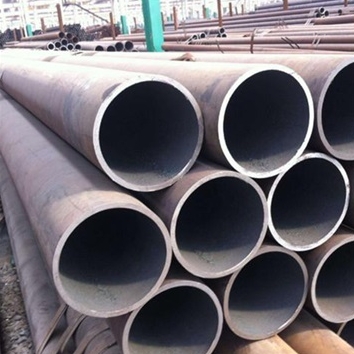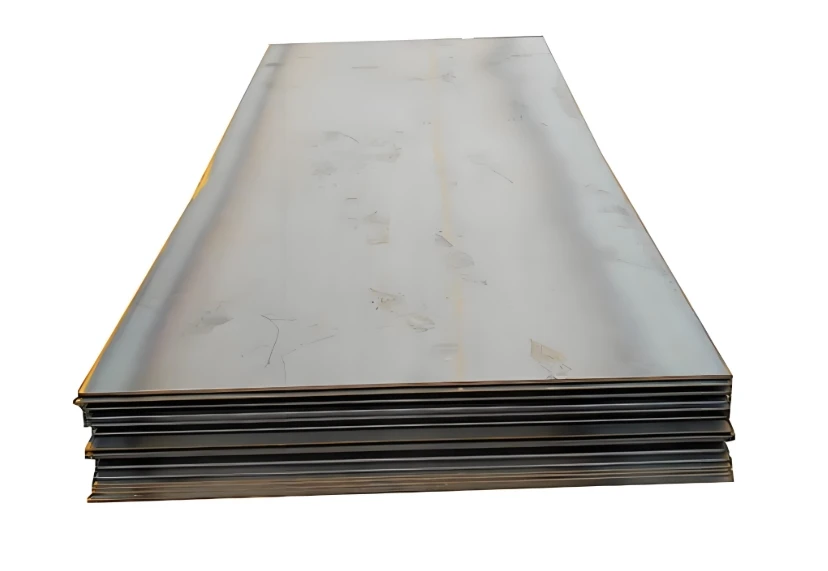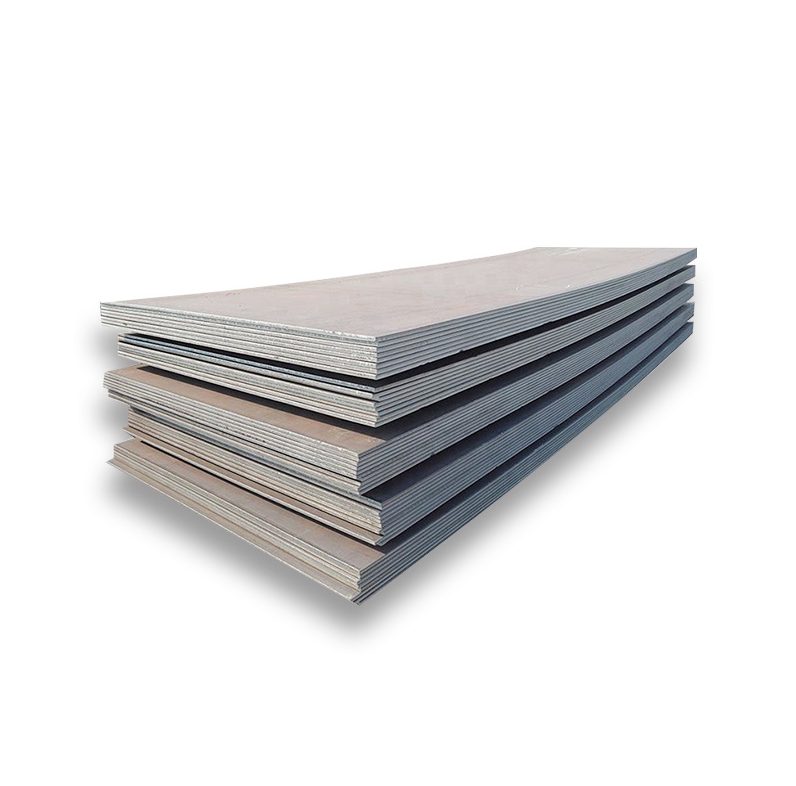What’s the Real Price of 1/4 Plate Carbon Steel Price in 2025?
Sourcing 1/4 plate carbon steel price in 2025 requires navigating volatile markets, supply chain hiccups, and regional tariffs. Procurement managers must understand current benchmarks, cost drivers, and sourcing strategies to secure the best deals. In this guide, we unpack real-world pricing, compare sourcing options, share a first-person case study, and offer a step-by-step sourcing roadmap. By following these expert tips, you’ll avoid common pitfalls and lock in competitive rates for 1/4 plate carbon steel price.
Why Is 1/4 Plate Carbon Steel Price So Volatile?
Steel prices have swung dramatically since early 2024. In Q1 2025, hot-rolled coil (HRC) prices climbed to $800/ton from $650/ton at the start of the year, driven by tighter scrap availability and mill cutbacks. Meanwhile, scrap steel rose to $349/ton, pushing mill input costs higher. Nucor then announced a $40/ton increase on plate in late March, bumping cut-to-length plate pricing to $1,200/ton ($60 per cwt) . Such fluctuations feed directly into the 1/4 plate carbon steel price, as mills pass on input cost changes. Moreover, U.S. tariffs on imports have redirected supply flows, with some mills idling capacity due to lower inbound competition . Thus, buyers must track price indices and scrap markets continuously to forecast plate costs accurately.
Key Factors Driving 1/4 Plate Carbon Steel Price
1. Raw Material Costs
Scrap steel and iron ore prices set the baseline. With scrap at $349/ton and ore at $105/ton, mills’ production costs are elevated. When mills raise HRC by $50/ton, plate prices often follow suit.
2. Mill Capacity & Lead Times
Mill lead times have stretched to 7–9 weeks East of the Rockies and 3–5 weeks on the West Coast, impacting availability and premium pricing for rush orders.
3. Tariffs & Trade Policies
U.S. tariffs continue to reshape global flows. While tariffs were meant to bolster domestic mills, oversupply in other regions has pushed cheaper steel into markets like India, exerting downward price pressure abroad .
4. Transportation & Logistics
Heavy steel plates incur high freight costs. Shipping 1/4” plates often adds $100–200 per truckload, depending on distance and packaging requirements.
5. Value-Added Services
Cut-to-size, beveling, painting, or galvanizing can add $30–$100 per plate. Always clarify if 1/4 plate carbon steel price quotes include these services.
Real-World Pricing Benchmarks
| Thickness | Benchmark Price (per Ton) | Estimated Cost per Plate (36″×36″) |
|---|---|---|
| 1/4″ (6 mm) | $1,200 | ~$41.00 |
| 3/16″ (5 mm) | $1,150 | ~$39.35 |
| 1/8″ (3 mm) | $1,100 | ~$37.60 |
Estimate based on 9 sq ft per plate at 1/4″ (0.0209 tons) × $1,200/ton = $25.08 material + $15 cutting/shipping.
These numbers reflect hot-rolled steel plate. Cold-rolled or higher-alloy grades command 5–15% premiums. When negotiating, reference current market bulletins like SteelBenchmarker™: in April 2025, HRC USA averaged $925/short ton FOB mill .
Project A vs Project B: Pricing & Strategy Comparison
| Aspect | Project A (Large OEM) | Project B (Local Fabricator) |
|---|---|---|
| Volume | 50+ tons/month | 1–5 tons/month |
| Contract Type | Long-term supply contract | Spot purchase |
| Plate Cost (per ton) | $1,180 (bulk discount) | $1,250 |
| Lead Time | 6–8 weeks | 2–3 weeks (local inventory) |
| Value-Add Services | Supplier handles cut & prep | Buyer does secondary operations |
| Logistics | Full truckload, lower freight | LTL freight, higher unit cost |
| Risk | Steel price volatility locked | Price fluctuations impact each order |
Project A secures lower base 1/4 plate carbon steel price through volume commitments, while Project B pays a premium for speed and service. Evaluate your production schedule and cash flow to decide which model works best.
5-Step Guide to Locking in Best 1/4 Plate Carbon Steel Price
-
Monitor Market Indices. Track scrap, HRC, and plate price benchmarks weekly (e.g., Fastmarkets, S&P Global). Knowing that HRC rose from $800 to $925 in Q1 helps you time purchases.
-
Solicit Multiple Bids. Obtain at least three quotes from mills, service centers, and steel sheet suppliers. Ensure each quote specifies “1/4 plate carbon steel price” and service scope.
-
Negotiate Bulk Discounts. Commit to minimum tonnages (e.g. 20 tons) for 2–5% off spot rates. Lock pricing via fixed-term agreements covering 3–6 months.
-
Clarify Inclusions. Confirm if quotes include cutting, shearing, painting, or galvanizing. For example, ask “Is beveling included in your 1/4 plate carbon steel price?”
-
Secure Logistics. Arrange full-load freight for lower per-plate shipping costs. Negotiate with carriers for blanket trucking rates to avoid last-minute surcharges.
Common Pitfalls & How to Avoid Them
⚠️ Warning: Don’t Fall for These Mistakes!
-
Ignoring Mill Test Reports: Always verify ASTM A36 certification. Skip this, and you may receive sub-standard plate.
-
Underestimating Lead Times: Failing to plan for 6+ week mill lead times can halt production. Always confirm current queue status.
-
Overlooking Freight Costs: Quoting 1/4 plate carbon steel price without shipping can underestimate total landed cost by up to 30%.
-
Neglecting Extra Material: Forgetting scrap allowances can force rush orders. Always order 5–10% extra plates.
-
Relying on a Single Supplier: Sole sourcing increases risk. Keep at least two certified vendors in rotation.
Case Study: My Experience Locking in Plate Pricing
Last summer, I needed 1/4 plate carbon steel price for a new conveyor system retrofit. Initial quotes ranged from $1,150 to $1,300 per ton, delivered. By monitoring the market, I saw HRC futures dip by 8% in six weeks . I timed our award to coincide with that lull and negotiated a 4% discount on $1,100 plate. Additionally, I bundled two plants’ orders to secure better freight terms. Result: a final cost of $1,050/ton delivered—saving 10% vs the average spot price. It underscores the power of market timing and volume leverage when sourcing 1/4 Plate Carbon Steel Price.
Final Checklist for Sourcing 1/4 Plate Carbon Steel Price
-
Benchmark Awareness: Track scrap and HRC prices weekly.
-
Precise Specs: Confirm plate thickness, grade (e.g. A36), dimensions, and finish.
-
Multiple Quotes: Compare ≥3 bids including all services.
-
Bulk vs Spot: Decide on contract volume vs spot purchase.
-
Service Inclusions: Clarify cutting, coatings, and handling fees.
-
Logistics Plan: Optimize freight for full-load shipments.
-
Lead Time Buffer: Add 10–20% safety margin on delivery.
-
Material Certification: Always request MTRs for steel grade verification.
-
Order Extras: Include 5–10% spare material for waste.
-
Documentation: Keep written confirmations for specs, pricing, and lead times.
For competitive pricing and reliable supply of 1/4 plate carbon steel price, contact Shanxi Luokaiwei Steel Company at [email protected]. Our expertise in cut-to-size plate, hot-rolled carbon plate, and custom steel solutions ensures you get the right plates, on time, at the right price.


